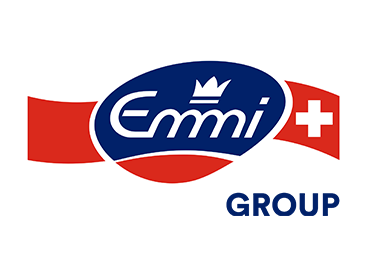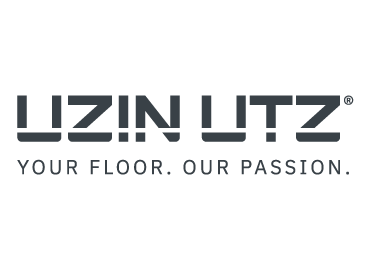About PREFA
For more than 70 years now, PREFA Aluminiumprodukte GmbH has made a name for itself all over Europe when it comes to the development, production, and marketing of aluminum roof and facade systems.Based in Marktl, Lower Austria, the company is part of the CAG Holding corporate group owned by Dr. Cornelius Grupp. PREFA employs over 600 people in total across 23 countries and produces its more than 5,000 products exclusively in its two factories in Austria and Germany.
PREFA markets its products both to suitable roof plumbing specialists, architects, and planners, and directly to building owners, whom they also connect with trained tradespeople in their area. Communication is therefore geared toward both B2B and B2C. To this end, PREFA uses a wide range of channels, including its own website, content marketing, social media, a partner platform, PoS and print advertising, print materials, and TV and radio advertising.






